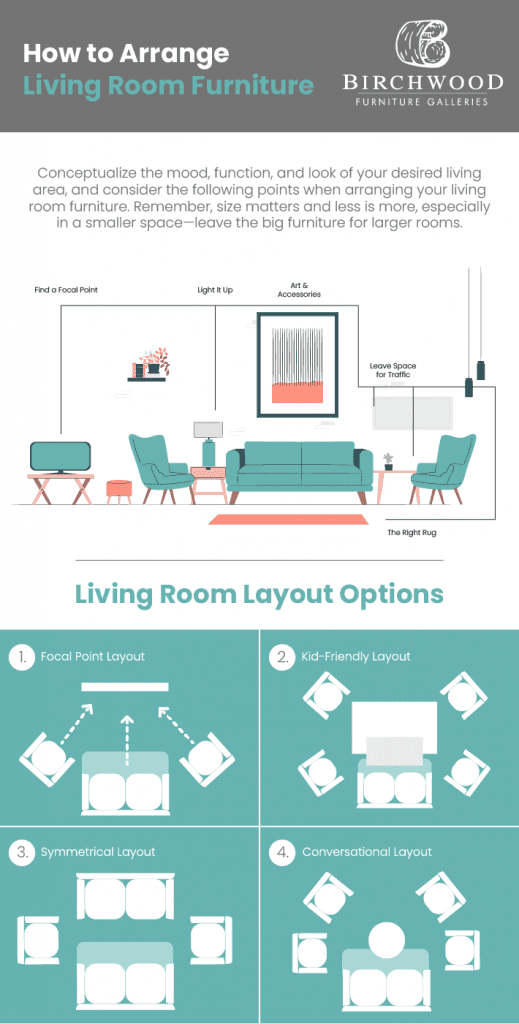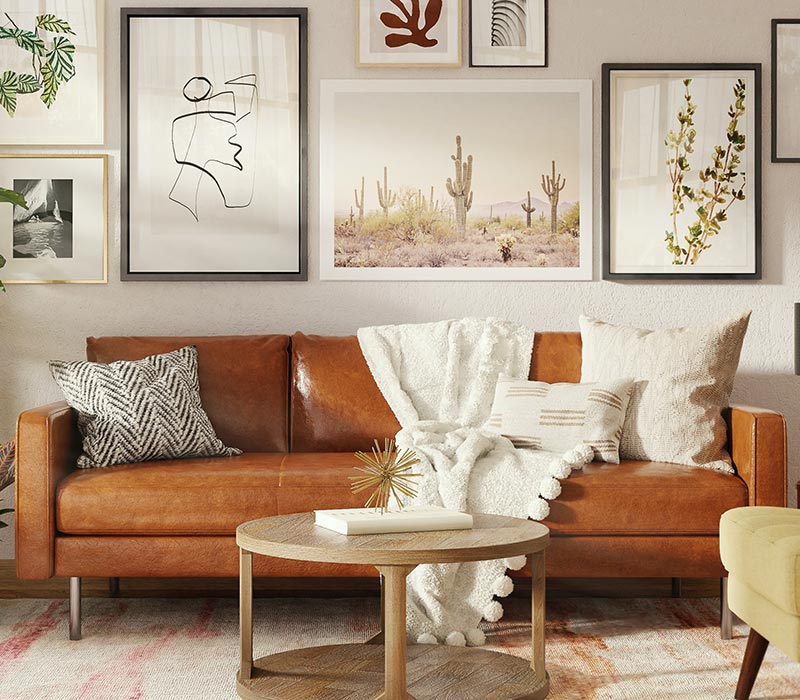
Introduction:
Arranging furniture is a delicate art that can transform the look and feel of any space. Whether you’re dealing with a small apartment or a spacious living room, strategic furniture placement can maximize functionality and create a harmonious atmosphere. Explore the following tips to master the art of furniture placement and elevate the aesthetic appeal of your home.
Consider the Room’s Function:
Before diving into furniture placement, first, consider the primary function of the room. Is it a living room for socializing, a bedroom for relaxation, or a home office for productivity? Understanding the purpose of the space will guide your furniture placement decisions and help create a layout that suits your needs.
Establish a Focal Point:
Identify a focal point within the room, such as a fireplace, a large window with a scenic view, or a statement piece of furniture. Arrange your furniture to highlight and complement this focal point. This not only anchors the room but also creates a visually appealing and cohesive design.
Create Conversational Areas:
In rooms intended for socializing, such as living rooms, create conversational areas by arranging seating in a way that encourages interaction. Group sofas and chairs facing each other to facilitate easy conversation. Consider the flow of traffic and leave enough space for comfortable movement between furniture pieces.
Mind the Traffic Flow:
Efficient traffic flow is crucial in any space. Arrange furniture to create clear pathways that allow easy movement throughout the room. Avoid placing furniture in a way that obstructs natural traffic patterns. This ensures a seamless and functional layout, preventing the room from feeling cramped or awkward to navigate.
Utilize Symmetry and Balance:
Symmetry and balance bring a sense of order and visual harmony to a room. Arrange furniture symmetrically when possible, placing similar pieces on either side of a central point. If you prefer a more eclectic look, achieve balance by distributing visual weight evenly throughout the space. This can be through color, size, or style.
Scale Matters:
Consider the scale of both the room and the furniture pieces. Large furniture in a small room can make it feel crowded, while small furniture in a spacious room may lack impact. Aim for a balanced scale that complements the size of the space. Ensure that key furniture pieces are proportionate to the room’s dimensions.
Experiment with Layouts:
Don’t be afraid to experiment with different furniture layouts until you find the one that best suits your preferences and the room’s layout. Move pieces around, try various angles, and test alternative arrangements. This trial-and-error process allows you to discover the most visually appealing and functional configuration.
Use Area Rugs to Define Spaces:
Area rugs can be powerful tools in defining specific areas within a room. Place rugs under key furniture groupings to visually anchor each space. This technique works particularly well in open-concept living areas, where rugs help delineate the living room, dining area, and other zones.
Consider Function and Flow:
Think about how you want to use the space and ensure that the furniture arrangement supports its intended function. If the room serves multiple purposes, create distinct zones for each activity. For example, in a bedroom, consider the flow between the sleeping area, a reading nook, and a workspace.
Furniture Placement Tips for Success:
For a comprehensive guide on furniture placement tips and inspiration, explore Furniture Placement Tips. This resource offers expert insights, visual examples, and additional tips to help you achieve a well-balanced and aesthetically pleasing arrangement in every room.
Conclusion:
Mastering furniture placement is an art that goes beyond aesthetics—it’s about creating functional, inviting, and harmonious living spaces. By considering the room’s function, establishing focal points, and prioritizing traffic flow, you can transform your home into a well-designed haven that reflects your style and enhances your daily life.



